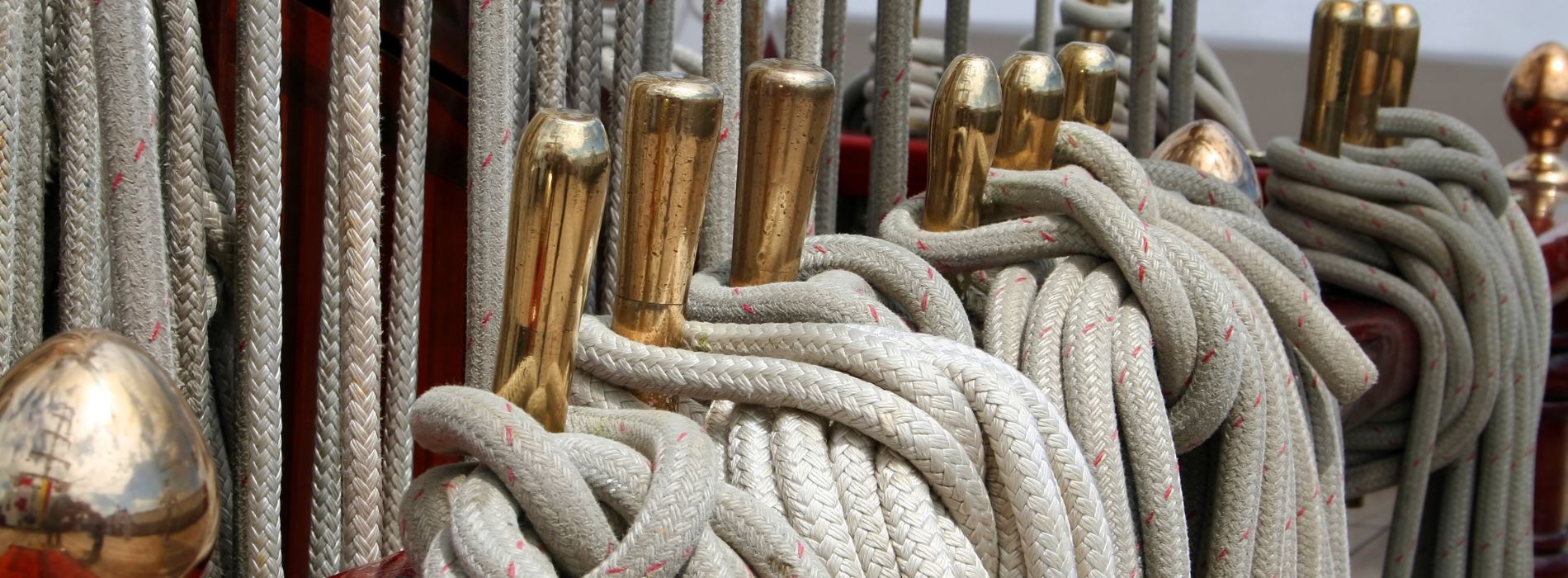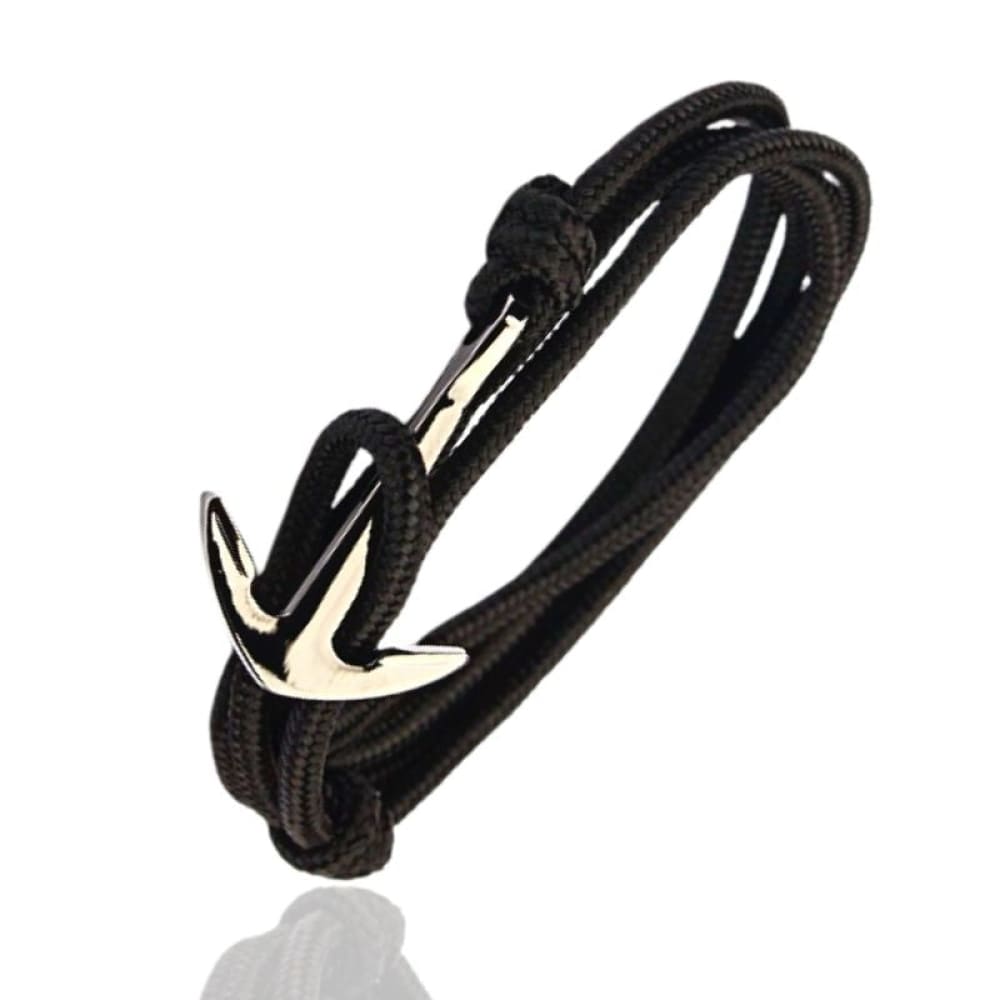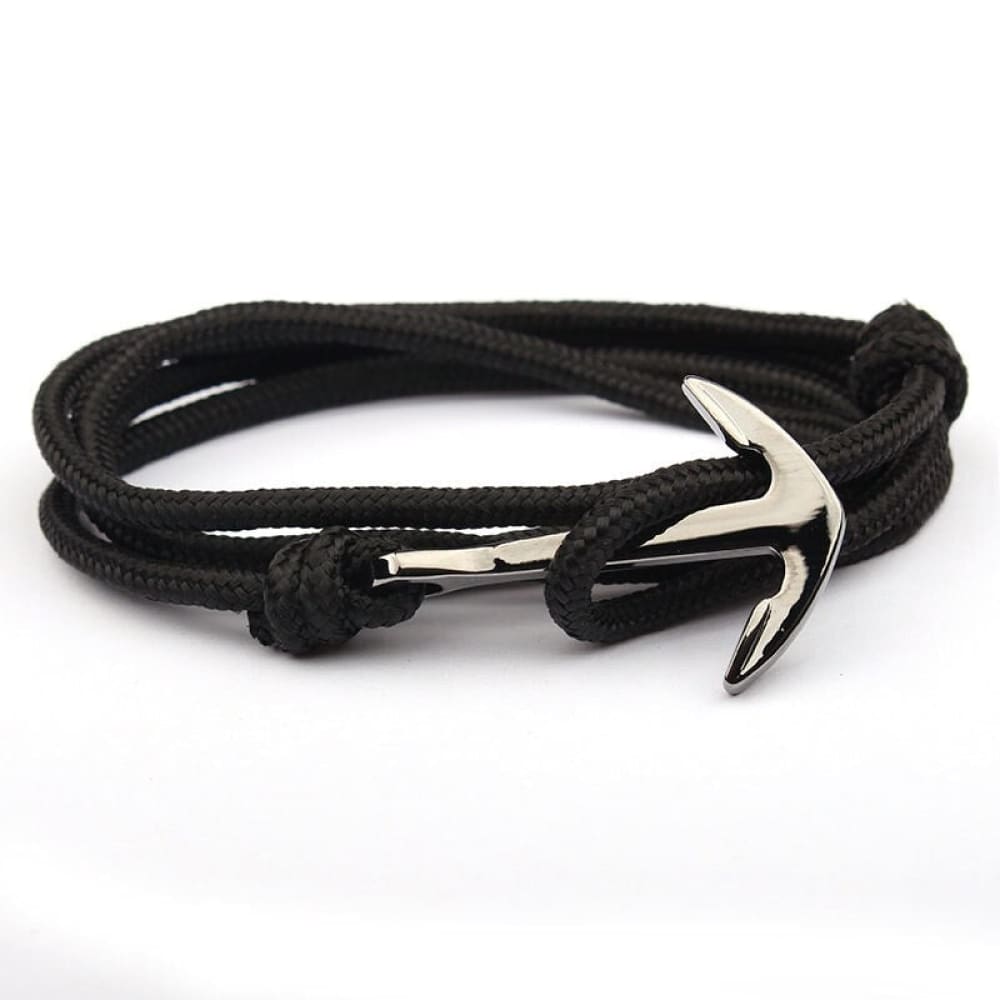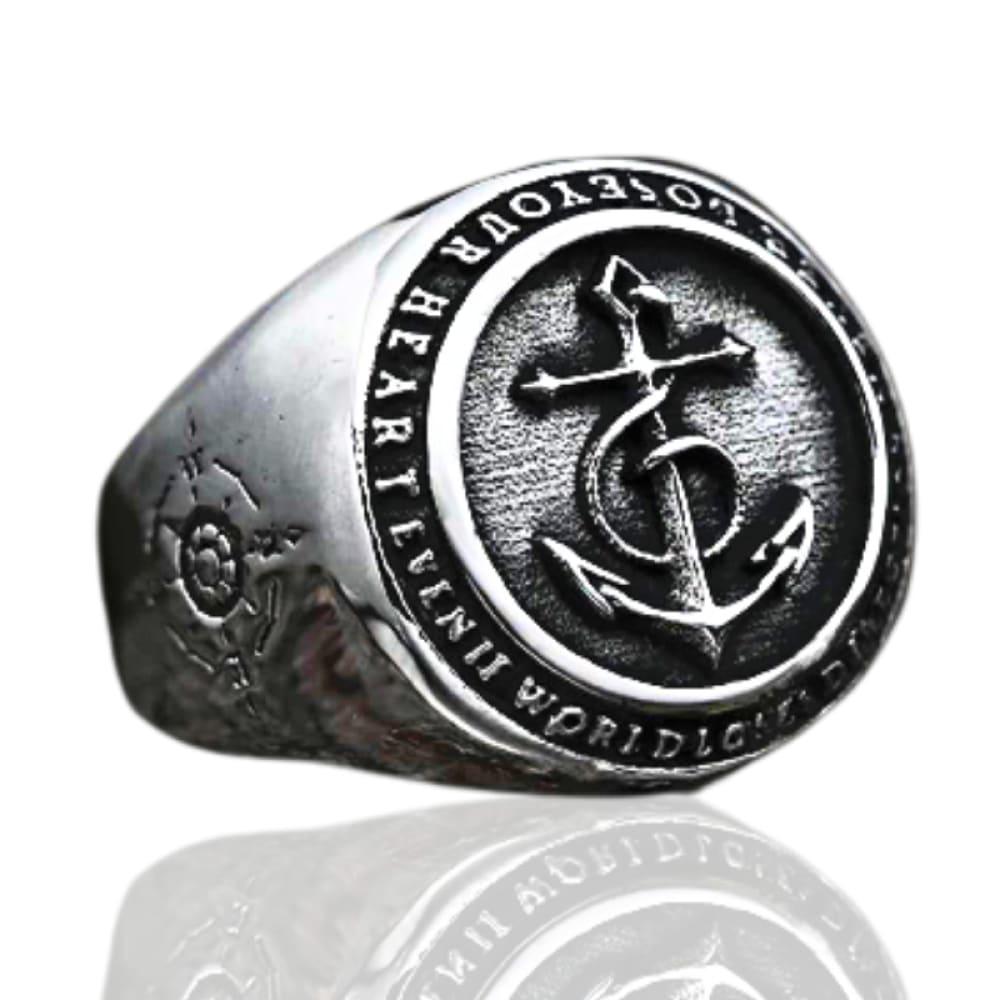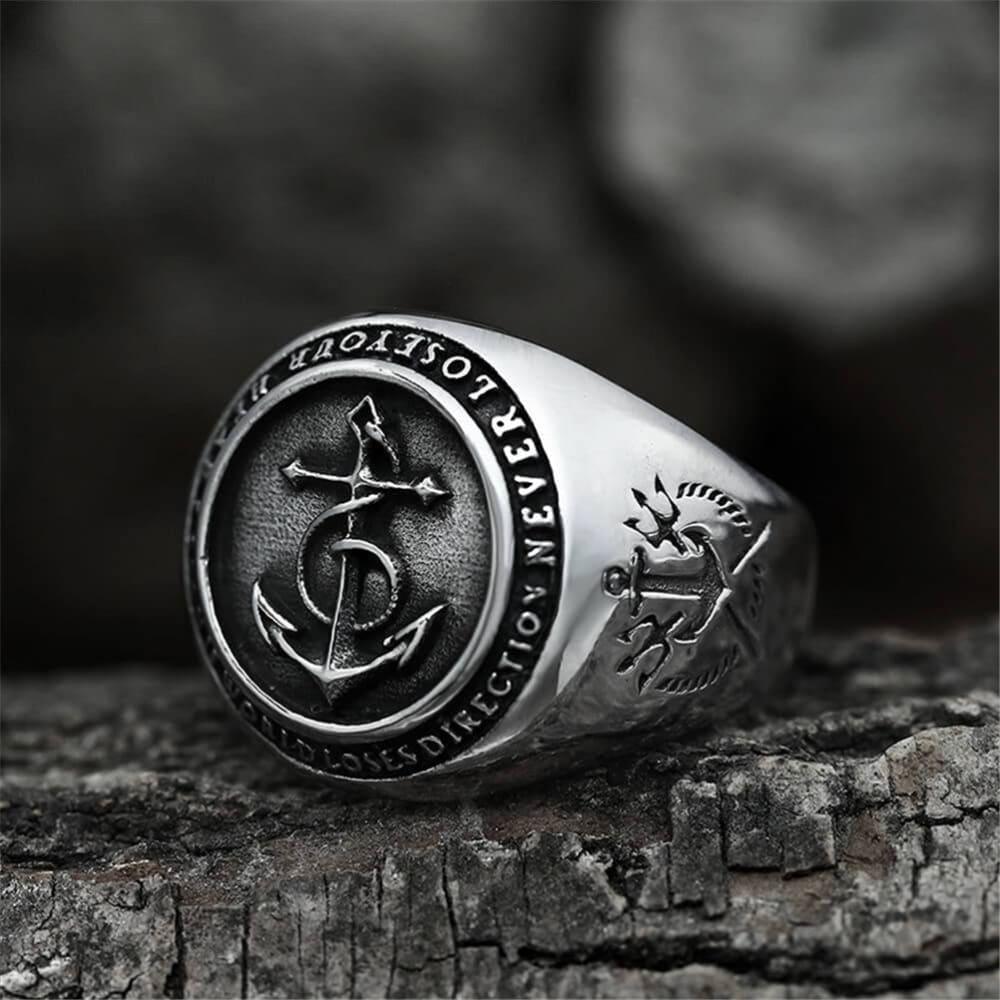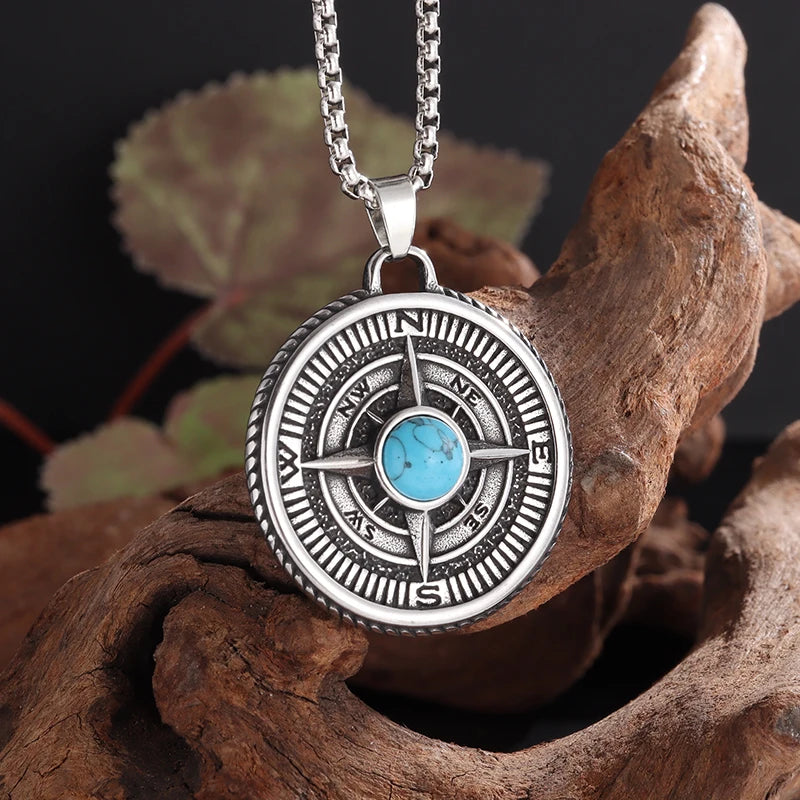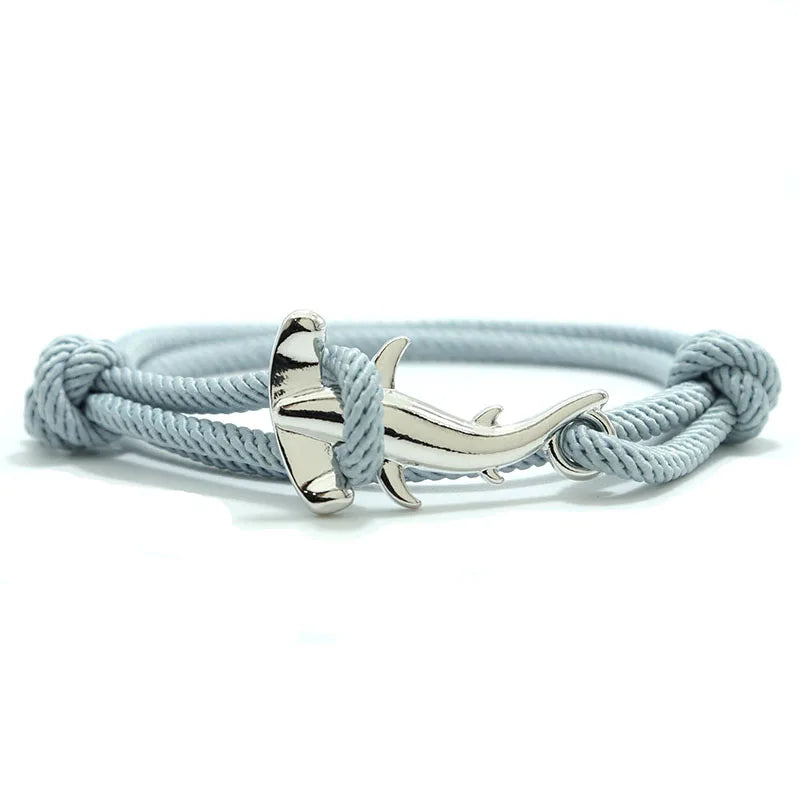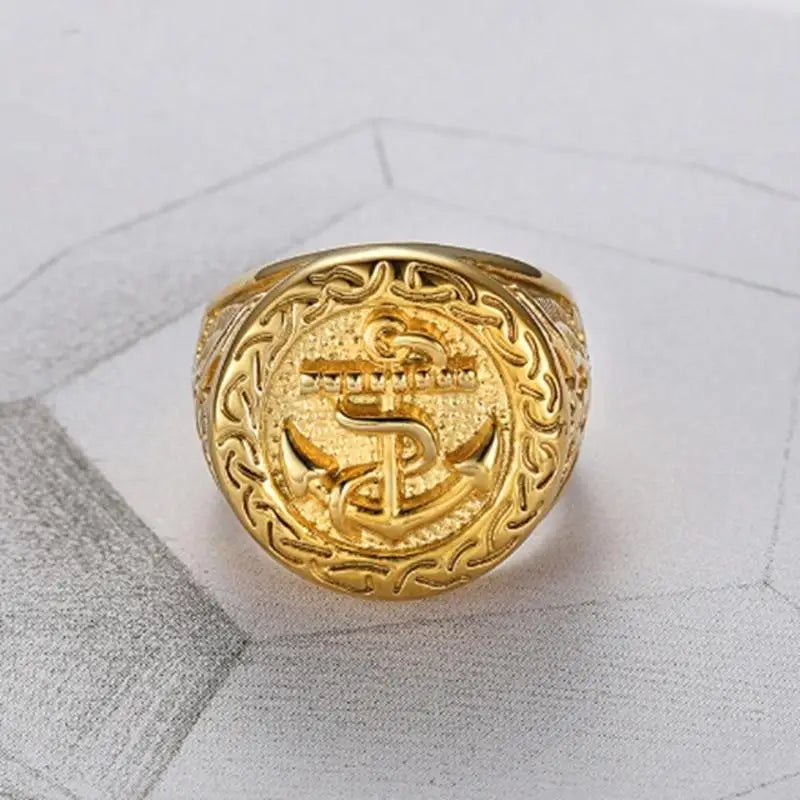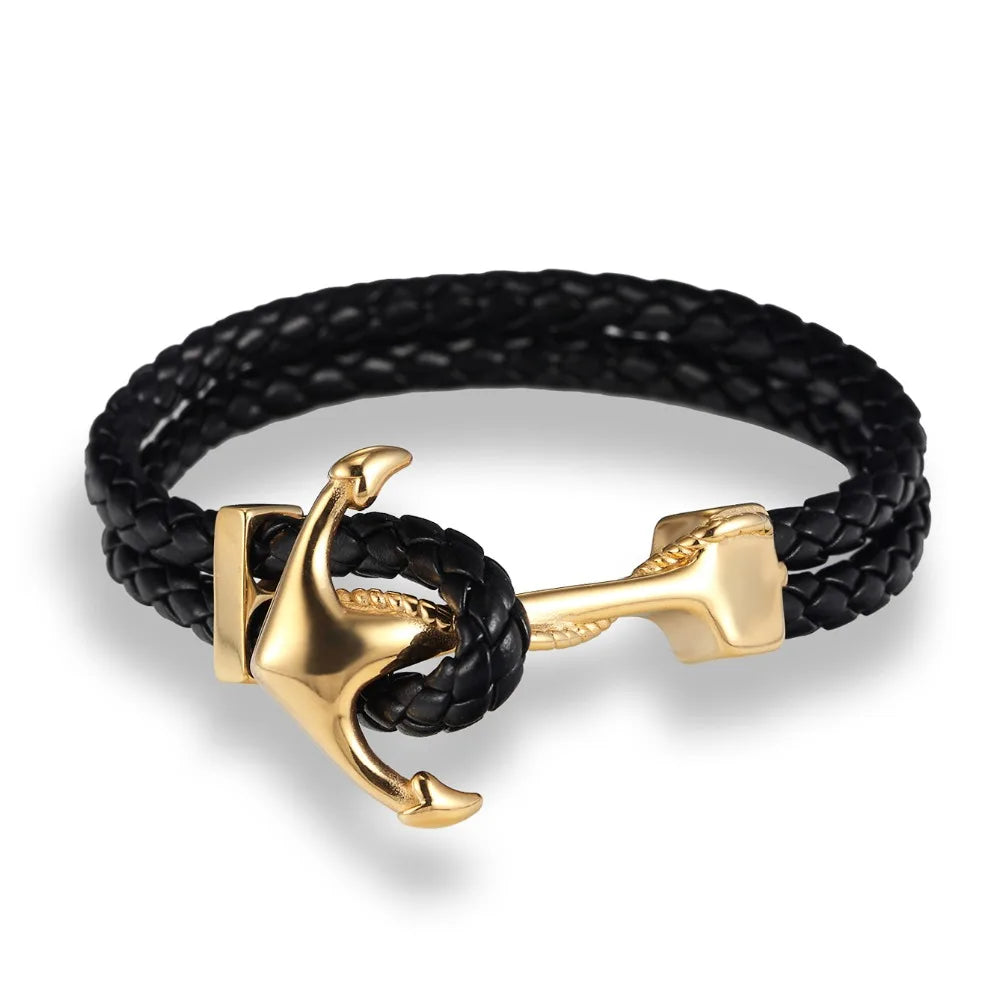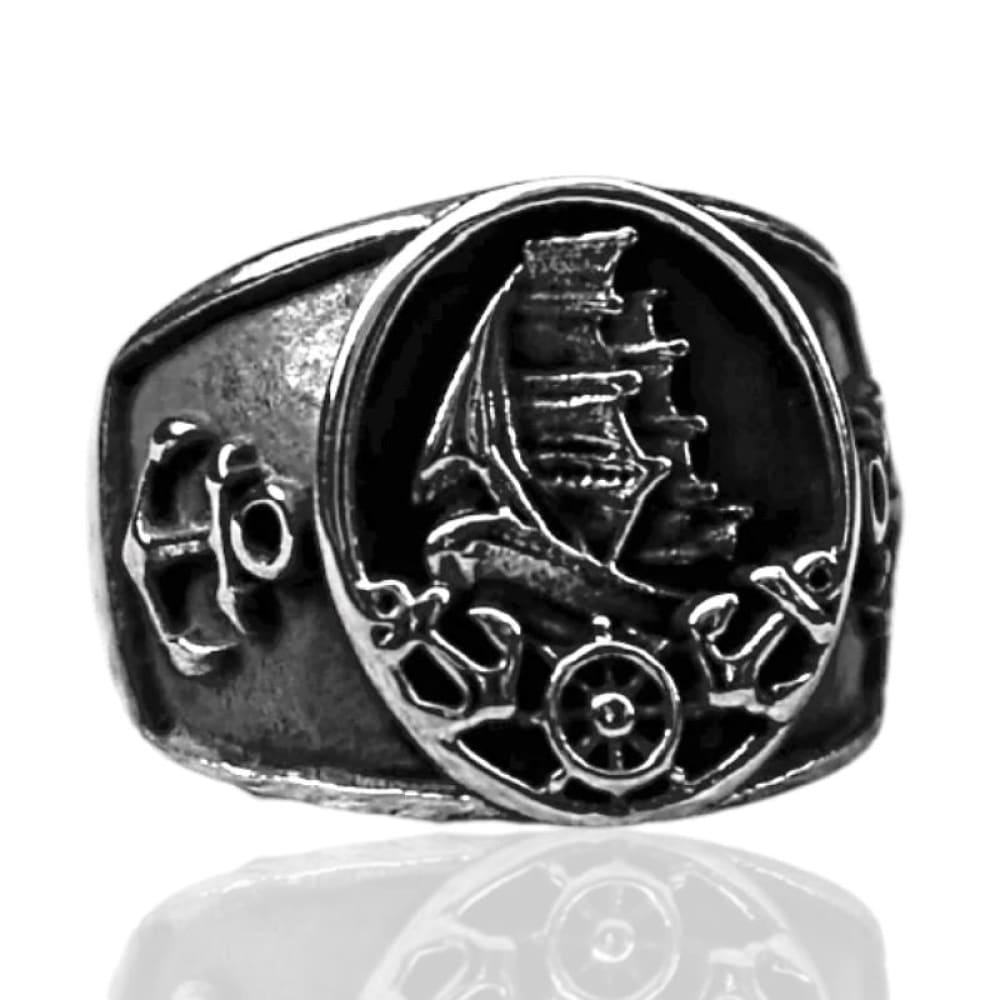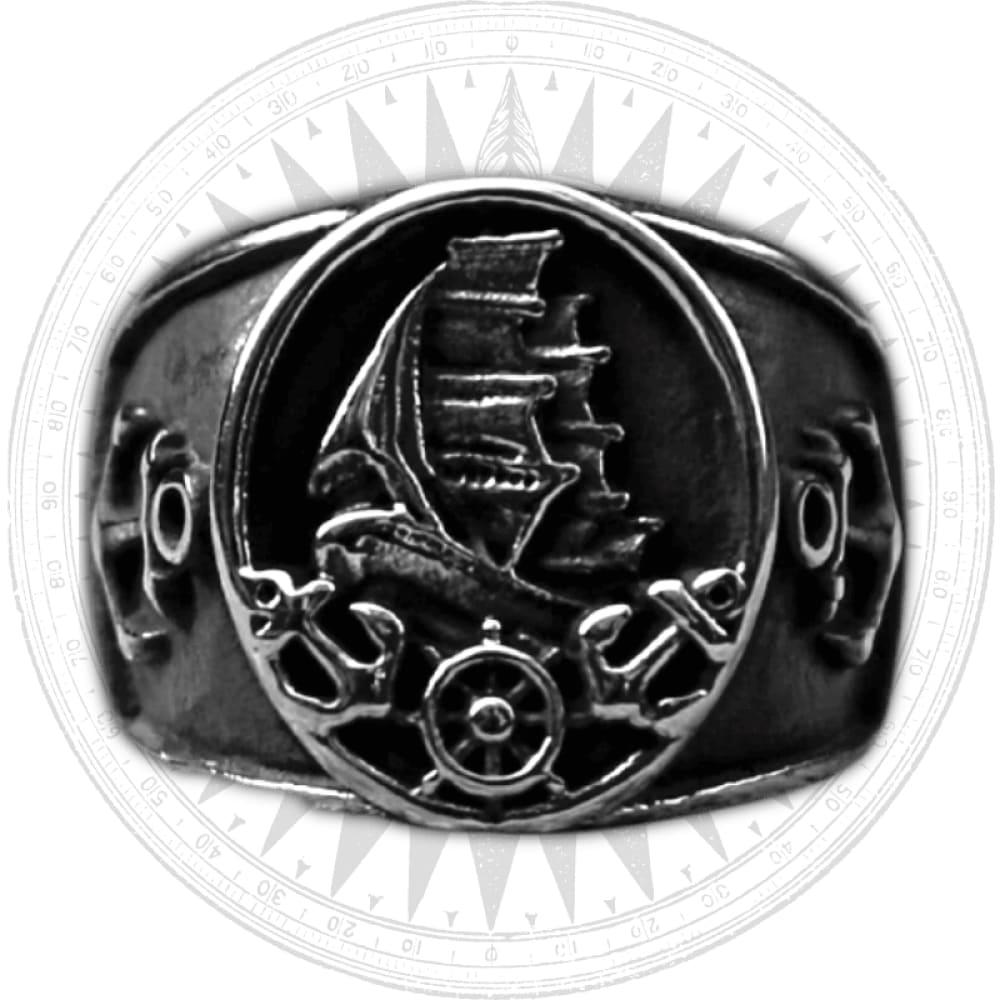How to Tack Sailing - A Guide for Passionate Sea Lovers
How to Tack Sailing - A Guide for Passionate Sea Lovers
Essential Sailing Gear
When it comes to learning how to tack sailing, having the right gear is crucial. A well-fitting life jacket, sailing gloves, and comfortable deck shoes are essential for your safety and comfort on the water. Additionally, invest in a good pair of polarized sunglasses to protect your eyes from the sun's glare and a waterproof watch to keep track of time while sailing.
To protect yourself from the elements, it's important to wear appropriate clothing. Opt for lightweight, breathable fabrics that dry quickly and provide sun protection. A hat with a wide brim and sunscreen are also must-haves to shield yourself from the sun's harmful rays. Remember to dress in layers to accommodate changing weather conditions and pack a waterproof jacket in case of unexpected rain.
Choosing the Right Sailboat
Before you embark on your sailing adventure, it's essential to choose the right sailboat for your skill level and preferences. Consider factors such as the size of the boat, its stability in various weather conditions, and the number of crew members it can accommodate.
If you're a beginner, opt for a smaller boat such as a dinghy or a Sunfish. These boats are easier to handle and provide a great platform for learning the basics of sailing. As you gain more experience, you can progress to larger cruising sailboats or even consider competitive racing if that's your passion.
Remember to check the condition of the sailboat and its equipment before setting sail. Make sure the rigging is secure, the sails are in good condition, and all safety equipment is present and functioning properly. It's always a good idea to have a professional inspect the boat if you're unsure about its seaworthiness.
Understanding the Basics of Tacking
Tacking is a fundamental sailing maneuver that allows you to change direction when sailing upwind. The goal of tacking is to sail from one tack (the side of the boat where the wind is coming from) to the other tack by passing through the wind.
To perform a tack, start by steering the boat towards the wind until the sails start to luff (flap). Then, quickly turn the boat's bow through the wind, keeping the sails trimmed in to maintain control. As the boat completes the turn, the sails will fill on the new tack, and you can resume your course in the new direction.
It's important to note that during a tack, the boom (the horizontal pole that holds the bottom of the mainsail) will swing across the boat. Be aware of your surroundings and ensure that everyone on board is clear of the boom to avoid any potential accidents.
Mastering Advanced Tacking Techniques
Once you've grasped the basics of tacking, you can explore advanced techniques to improve your sailing skills and maneuverability.
1. The Close-Hauled Tack: This technique involves sailing as close to the wind as possible, maximizing your boat's efficiency. By trimming the sails properly and maintaining a proper balance between speed and pointing ability, you can make the most out of your upwind sailing experience.
2. The Roll Tack: The roll tack is a technique used in racing to minimize the loss of speed during a tack. By slowly rolling the boat through the wind instead of performing a quick and abrupt turn, you can maintain momentum and gain an advantage over competitors.
Dealing with Challenging Wind Conditions
Sailing in challenging wind conditions requires adaptability and careful decision-making. Here are some tips to help you navigate through different scenarios:
1. Light Winds: In light wind conditions, it's essential to trim your sails properly and make small adjustments to maintain boat speed. Look for wind shifts and adapt your course accordingly to find pockets of stronger breeze.
2. Strong Winds: When sailing in strong winds, depower your sails by easing the sheets and adjusting the sail controls. Reduce the heeling (tilting) of the boat by hiking out or moving crew weight to the leeward side.
3. Changing Wind Directions: If the wind shifts direction while you're tacking, adjust your course accordingly to stay on the most favorable tack. This requires keen awareness of wind patterns and constant adjustment of sail trim.
Preparing for a Safe Sailing Trip
Prior to setting sail, taking some precautions can ensure a safe and enjoyable sailing trip.
1. Check the Weather: Always check the weather forecast before heading out. Avoid sailing in stormy or severe weather conditions, and be aware of any potential changes in wind speed and direction throughout the day.
2. File a Float Plan: Inform someone on land about your sailing plans, including your intended destination, estimated time of return, and any alternate ports of call. This ensures that someone knows where you are and can alert authorities if necessary.
Preparing a Boat Safety Kit
Keep a safety kit on board your sailboat to ensure you're prepared for any unforeseen circumstances:
1. Life Jackets: Ensure that you have enough properly-fitted life jackets for each crew member on board.
2. First Aid Kit: Stock your first aid kit with essential supplies such as bandages, antiseptics, and medications.
3. Flares and Signaling Devices: Carry flares, a whistle, and other signaling devices to attract attention in case of an emergency.
Understanding Navigation and Rules of the Sea
Before setting sail, familiarize yourself with basic navigation techniques and rules of the sea:
1. Navigation Charts: Learn how to read navigation charts and understand important symbols and markings.
2. Rules of the Sea: Study the International Regulations for Preventing Collisions at Sea (COLREGs) to understand right-of-way rules and responsibilities.
3. Local Regulations: Be aware of any local regulations or restrictions in the area you'll be sailing, such as speed limits or restricted zones.
A Journey Full of Adventure and Learning
Embarking on a sailing adventure is not just about mastering the art of tacking and navigating the open waters. It's a journey of self-discovery, where you'll learn to harness the power of the wind, connect with the natural world, and find solace in the vastness of the sea.
Discovering New Horizons
Exploring new destinations and discovering hidden coves and secluded beaches is one of the most exciting aspects of sailing. Plan your trips to include breathtaking destinations and opportunities to immerse yourself in the local culture and cuisine of coastal towns.
Remember to always respect the environment and follow sustainable practices to help preserve the beauty of our oceans for future generations of sea lovers.
Becoming Part of a Sailing Community
Sailing is not just a hobby; it's a way of life. By joining sailing clubs, participating in regattas, and attending sailing events, you can connect with fellow sea lovers and expand your knowledge and skills.
Take advantage of sailing courses and certifications to further enhance your sailing abilities and gain recognition within the sailing community. The more you immerse yourself in the world of sailing, the more enriching and rewarding the experience becomes.
Embracing the Sea's Symbolism
As a passionate sea lover, you understand the deep symbolism associated with the ocean and its various elements. From nautical jewelry adorned with marine animals and nautical symbols to nautical clothing and home decorations, there are countless ways to showcase your love for the sea.
Embrace the sea's symbolism by incorporating nautical elements into your everyday life. Surround yourself with reminders of the sea's beauty, strength, and serenity to keep the spirit of sailing alive even when you're on land.
In Conclusion
Sailing offers a world of adventure, learning, and connection with the sea. By understanding the basics of tacking, mastering advanced techniques, and taking necessary safety precautions, you can embark on unforgettable sailing journeys while indulging your passion for the ocean.
Remember that sailing is not just about the destination but the experiences, friendships, and memories you create along the way. So hoist your sails, catch the wind, and set sail on a remarkable voyage of discovery, freedom, and personal growth.

